Week 1: Science from Particles to People
DSAN 5650: Causal Inference for Computational Social Science
Summer 2025, Georgetown University
Wednesday, May 21, 2025
Schedule
Today’s Planned Schedule:
| Start | End | Topic | |
|---|---|---|---|
| Lecture | 6:30pm | 7:00pm | Quick Hello Hi Everyone Style Intro → |
| 7:00pm | 7:25pm | science \(\leadsto\) Social Science “Phase Transition” → | |
| 7:25pm | 7:50pm | Motivating Examples I: Social Science → | |
| Break! | 7:50pm | 8:00pm | |
| 8:00pm | 8:30pm | Motivating Examples II: Causal Inference → | |
| 8:30pm | 9:00pm | Course Logistics → |
\[ \DeclareMathOperator*{\argmax}{argmax} \DeclareMathOperator*{\argmin}{argmin} \newcommand{\bigexp}[1]{\exp\mkern-4mu\left[ #1 \right]} \newcommand{\bigexpect}[1]{\mathbb{E}\mkern-4mu \left[ #1 \right]} \newcommand{\definedas}{\overset{\small\text{def}}{=}} \newcommand{\definedalign}{\overset{\phantom{\text{defn}}}{=}} \newcommand{\eqeventual}{\overset{\text{eventually}}{=}} \newcommand{\Err}{\text{Err}} \newcommand{\expect}[1]{\mathbb{E}[#1]} \newcommand{\expectsq}[1]{\mathbb{E}^2[#1]} \newcommand{\fw}[1]{\texttt{#1}} \newcommand{\given}{\mid} \newcommand{\green}[1]{\color{green}{#1}} \newcommand{\heads}{\outcome{heads}} \newcommand{\iid}{\overset{\text{\small{iid}}}{\sim}} \newcommand{\lik}{\mathcal{L}} \newcommand{\loglik}{\ell} \DeclareMathOperator*{\maximize}{maximize} \DeclareMathOperator*{\minimize}{minimize} \newcommand{\mle}{\textsf{ML}} \newcommand{\nimplies}{\;\not\!\!\!\!\implies} \newcommand{\orange}[1]{\color{orange}{#1}} \newcommand{\outcome}[1]{\textsf{#1}} \newcommand{\param}[1]{{\color{purple} #1}} \newcommand{\pgsamplespace}{\{\green{1},\green{2},\green{3},\purp{4},\purp{5},\purp{6}\}} \newcommand{\pedge}[2]{\require{enclose}\enclose{circle}{~{#1}~} \rightarrow \; \enclose{circle}{\kern.01em {#2}~\kern.01em}} \newcommand{\pnode}[1]{\require{enclose}\enclose{circle}{\kern.1em {#1} \kern.1em}} \newcommand{\ponode}[1]{\require{enclose}\enclose{box}[background=lightgray]{{#1}}} \newcommand{\pnodesp}[1]{\require{enclose}\enclose{circle}{~{#1}~}} \newcommand{\purp}[1]{\color{purple}{#1}} \newcommand{\sign}{\text{Sign}} \newcommand{\spacecap}{\; \cap \;} \newcommand{\spacewedge}{\; \wedge \;} \newcommand{\tails}{\outcome{tails}} \newcommand{\Var}[1]{\text{Var}[#1]} \newcommand{\bigVar}[1]{\text{Var}\mkern-4mu \left[ #1 \right]} \]
Who Am I? Why Is Georgetown Having Me Teach This?
Prof. Jeff Introduction!
- Born in NW DC → high school in Rockville, MD
- University of Maryland: Computer Science, Math, Econ
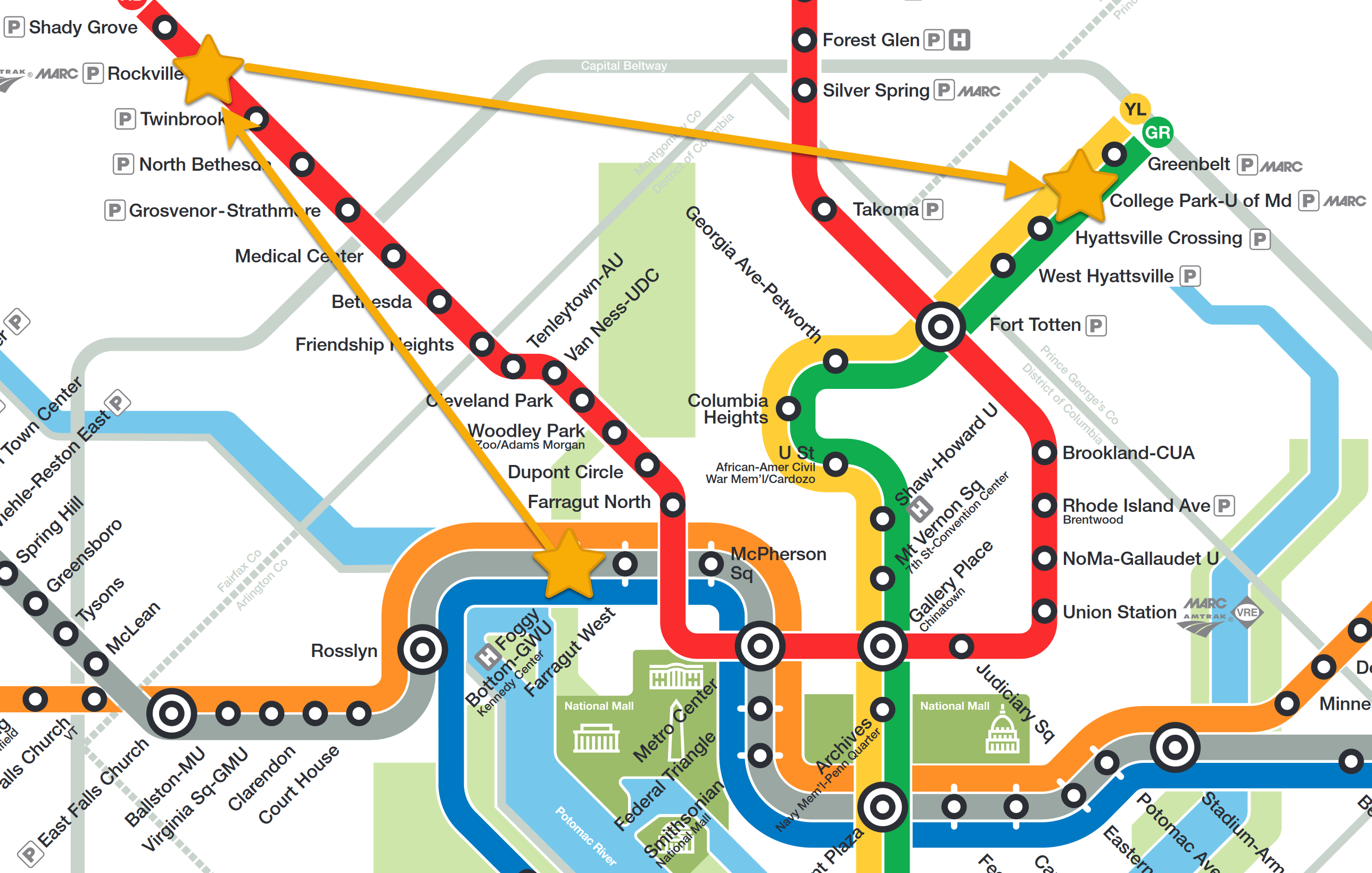
The World Outside of DC
Studied abroad in Beijing (Peking University/北大) → internship with Huawei in Hong Kong (HKUST)
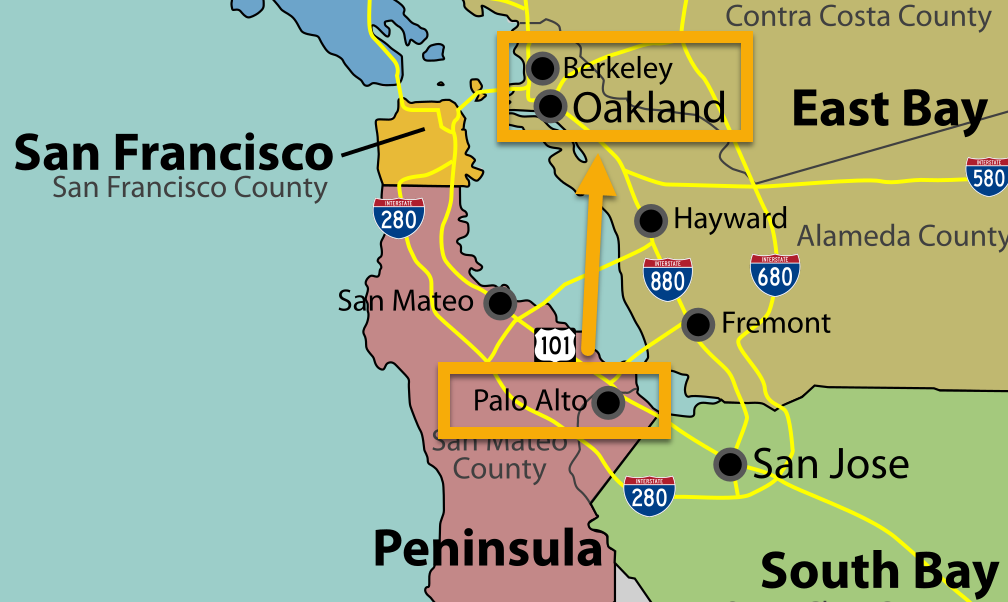
Stanford, MS in Computer Science
Research Economist, UC Berkeley
Columbia, PhD in Political Economy
Why Is Georgetown Having Me Teach This?
- Quanty things \(\leadsto\) PhD in Political Economy
- PhD exam major: Political Philosophy
- PhD exam minor: International Relations
- PhD exam paper: “How to Do Things with Translations”
- Game-changing Research Fellowships at… (Nothing was the same -drake):
- Santa Fe Institute: dedicated to the multidisciplinary study of complex systems: physical, computational, biological, social
- Centre for the Study of the History of Political Thought, Queen Mary University of London (QMUL): New approaches to the history of political thought [Quentin Skinner, “Cambridge School”] have changed how we study ideas from the past and their relevance to contemporary politics. The focus of the Centre is to explore [ts].
Dissertation (NLP x History)
“Our Word is Our Weapon”: Text-Analyzing Wars of Ideas from the French Revolution to the First Intifada

(IR Part) Wars of Ideas I: Cold War
- Cold War arms shipments (SIPRI) vs. propaganda (Печать СССР): here, to 🇪🇹
(Middle East Part) Wars of Ideas II: First Intifada, 1987-1993
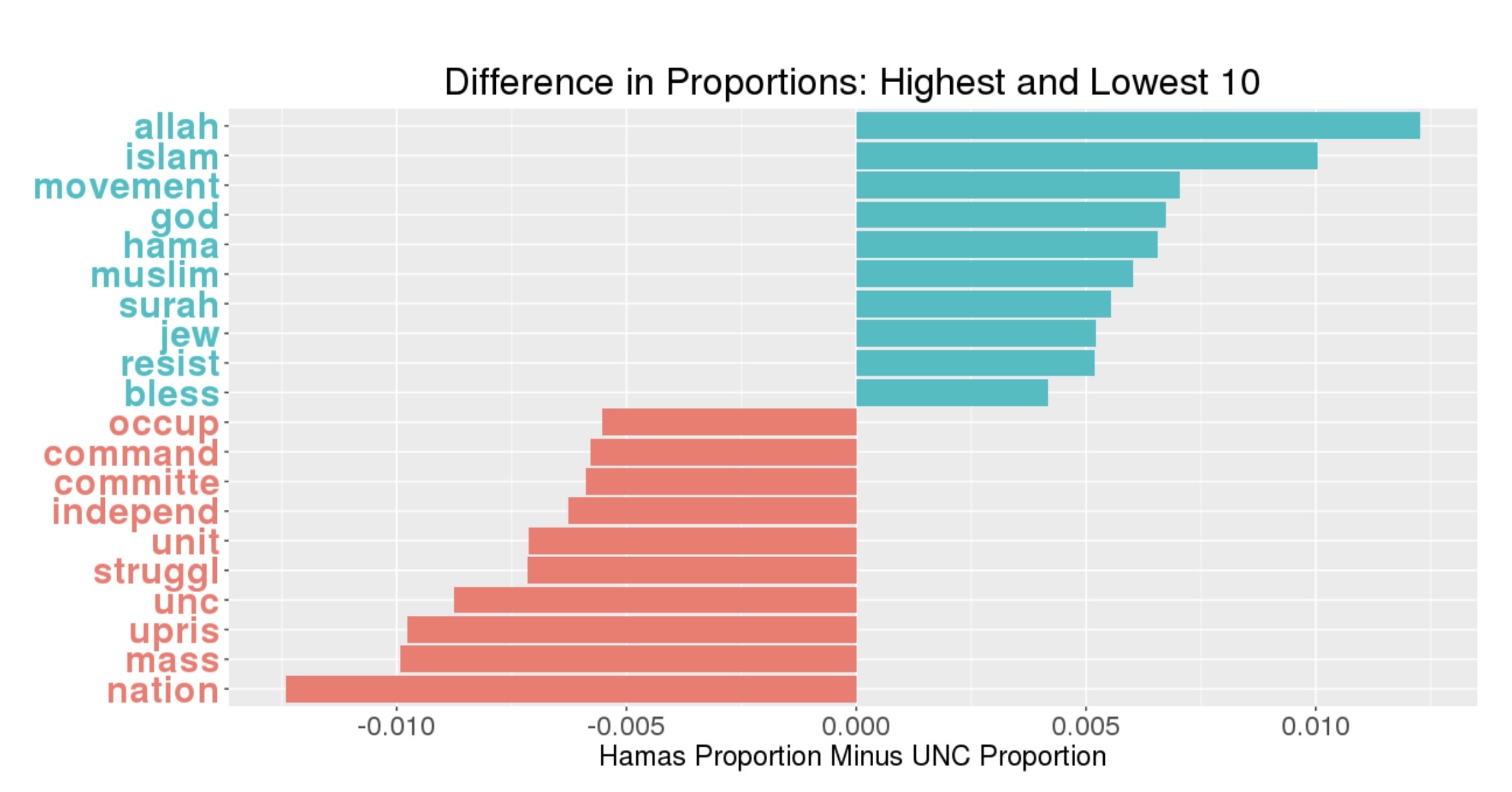
Research Nowadays
- Most cited paper: “Monopsony in Online Labor Markets” (Uses Double-Debiased ML for Causal Inference!)
- Most recent paper: “Operationalizing Freedom as Non-Domination in the Labor Market” (Cambridge U Press)
- Rarely cited paper but often-thought-about obsession: “How To Do Things With Translations”
- Related thing you can buy in a bookstore: [Editorial board for new translation of] Capital, Vol. 1 by Karl Marx (Princeton U Press)
But Now… Teaching!
- Growth mindset: “I can’t do this” \(\leadsto\) “I can’t do this yet!”
- Think of anything you’re able to do… There was a point in life when you didn’t know how to do it! What happened? Your brain established and/or rearranged neural pathways as you struggled with it!
- How does this neural re-arrangement work? One “cheatcode” is spaced repetition:

Lil Wayne on Spaced Repetition
Maria Montessori on Your Final Project
Our teaching should be governed, not by a desire to make students learn things, but by the endeavor to keep burning within them that light which is called curiosity. (Montessori 1916)1
- To this end: your final project is to explore some potential causal linkage from \(X\) to \(Y\) (more later!)
- The sole requirement is: sufficient curiosity to serve as fuel for your journey from associational world to causal world
The Science \(\leadsto\) Social Science “Phase Transition”
Coarse-Graining Units of Observation
| Field | Example Unit of Observation | |
|---|---|---|
| Physics | Particle | [Particle = Fine-Graining of Molecules] |
| Chemistry | Molecule = \(\cup\)(Particles) | [Molecule = Coarse-Graining of Particles] |
| Biology | Cell = \(\cup\)(Molecules) | |
| Neuro/Cog Sci | Brain = \(\cup\)(Cells) | |
| Human Physiology | Body = Brain \(\cup\) Other Organs | |
| ↑ Science 🧐 something happens here… 🤔 ↓ Social Science | ||
| Anthropology | Human-Relational System (e.g., Kinship) = \(\cup\)(Brains) \(\times\) Natural Environment | |
| Economics | Economy = Specific relational system of exchange w.r.t. scarce resources | |
| Political Economy | Economy-Context = Economic Exchange \(\cap\) Relational Power | |
| Sociology | Society = \(\cup\)(Relational Systems: Kinship, Friendship, Authority, Power, Violence) | |
| History | Longue-Durée = Evolution of Societies over Time and Space | |
Homo sapiens/Homo arbitratus/Homo mischievous
- Latin sapiens denotes being “discerning” or “wise”
- But… technically nothing stops us from choosing to be “unwise” whenever we’d like… bc free will
- \(\Rightarrow\) For this class, humans are Homo arbitratus: arbitratus denotes choosing what to do, after we’ve sapiently “discerned”/thought about it
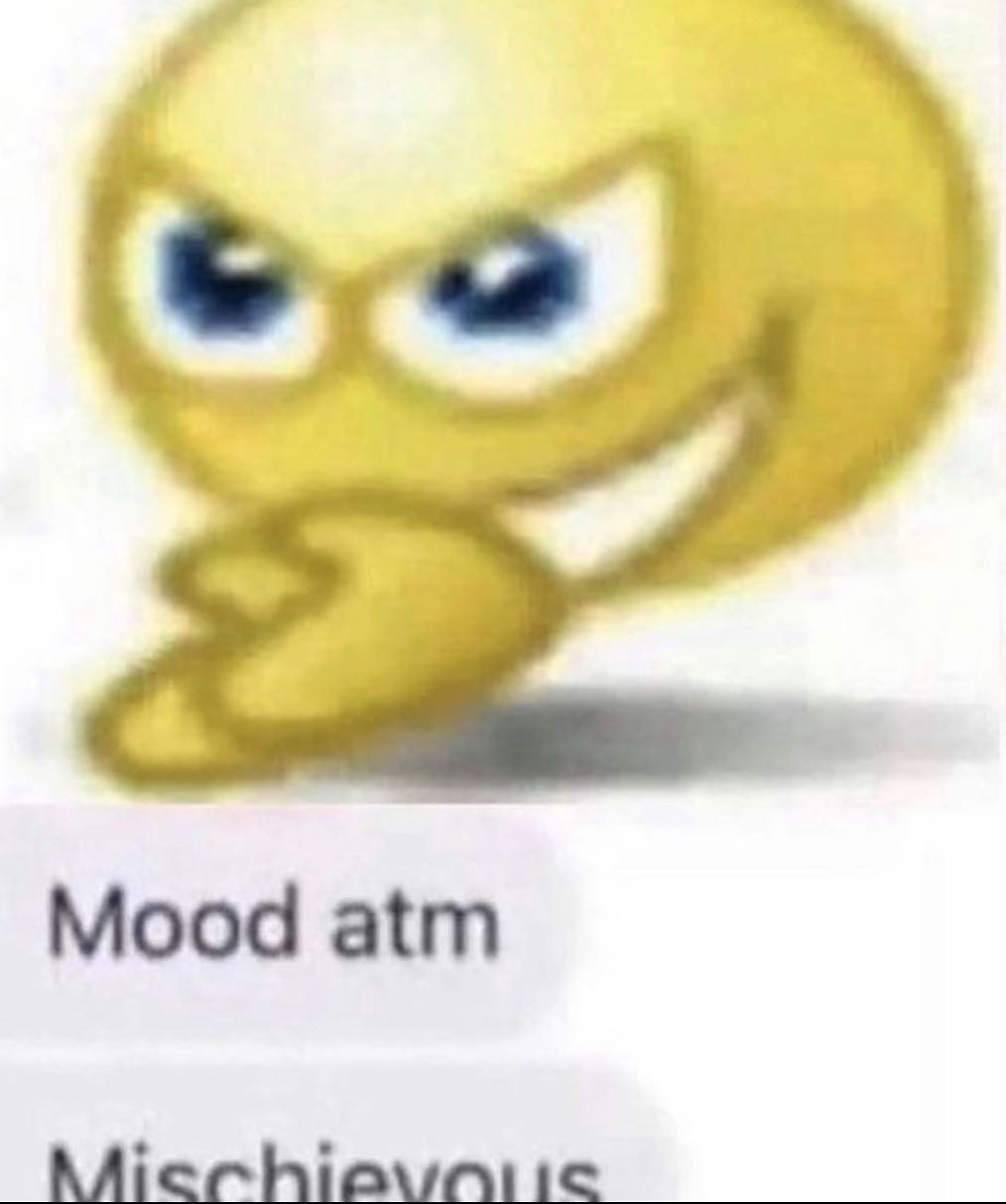
Laws of Physics vs. “Laws” of Social Science
- If we tell an inanimate object that we’ve discovered a law saying that it will accelerate towards Earth at \(9.8~\textrm{m}/\textrm{s}^2\)
- …It will likely1 still accelerate towards Earth at \(9.8~\textrm{m}/\textrm{s}^2\)
- If we tell a human we’ve discovered a law saying they will quack like a duck at 7:30pm EDT every Wednesday
- …They can utilize their free will to violate this “law”
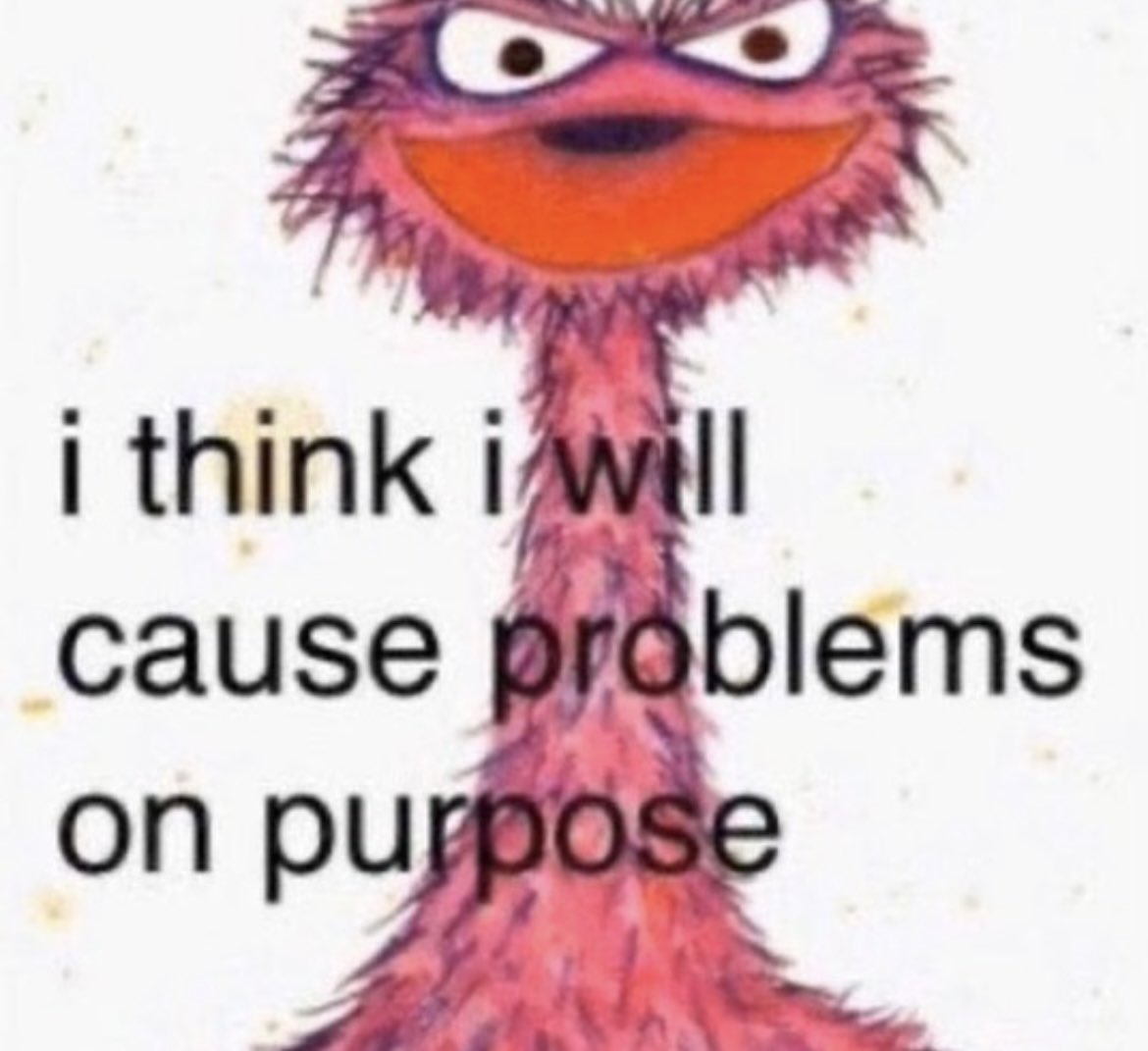
Strangely-Relevant CS Topic: The Halting Problem
- Kurt Gödel \(\leftrightarrow\) Alan Turing: Entscheidungsproblem
- Theorem: It is not possible to write a computer program \(P(x)\) that detects whether or not a computer program \(x\) will eventually halt (as opposed to, e.g., looping forever)
- Proof: Assume \(P(x)\) is possible to write. Run it on
mischievous_program.py. Infinite contradiction loop.
halting_problem_solver.py
| Input→ ↓Program |
0 | 1 | 2 | \(\cdots\) |
|---|---|---|---|---|
| 0 | Halt | Loop | Loop | \(\cdots\) |
| 1 | Loop | Loop | Halt | \(\cdots\) |
| 2 | Loop | Loop | Loop | \(\cdots\) |
| \(\vdots\) | \(\vdots\) | \(\vdots\) | \(\vdots\) | \(\mathbf{\ddots}\) |
 |
Loop | Halt | Halt | \(\mathbf{\cdots}\) |
The Takeaway: [Bayesian] Humility!
- Social science, with “science” used in the same sense as for physics, may be a quixotic endeavor1
- Instead, we’ll do social science, where we use data to…
- Infer tendencies: \(\mathcal{H}\) = «\(X\) tends to cause \(Y\)»
- With some degree of veracity: \(\Pr(\mathcal{H}) \approx 0.7\)
- Construct models that we can update with new evidence: Bayes’ rule! \(\Pr(\mathcal{H} \mid E) = \frac{\Pr(E \mid \mathcal{H} ) \Pr(\mathcal{H})}{\Pr(E)} \approx 0.8\)
- Pls notice “slippage” between aleatory probability within \(\mathcal{H}\) (“tends to”) vs. epistemic probability “outside of”, talking about \(\mathcal{H}\) (“I’m 70% confident about \(\mathcal{H}\)”)
Motivation I: Humble-Bayesian Social Science
The Logic of Violence in Civil War
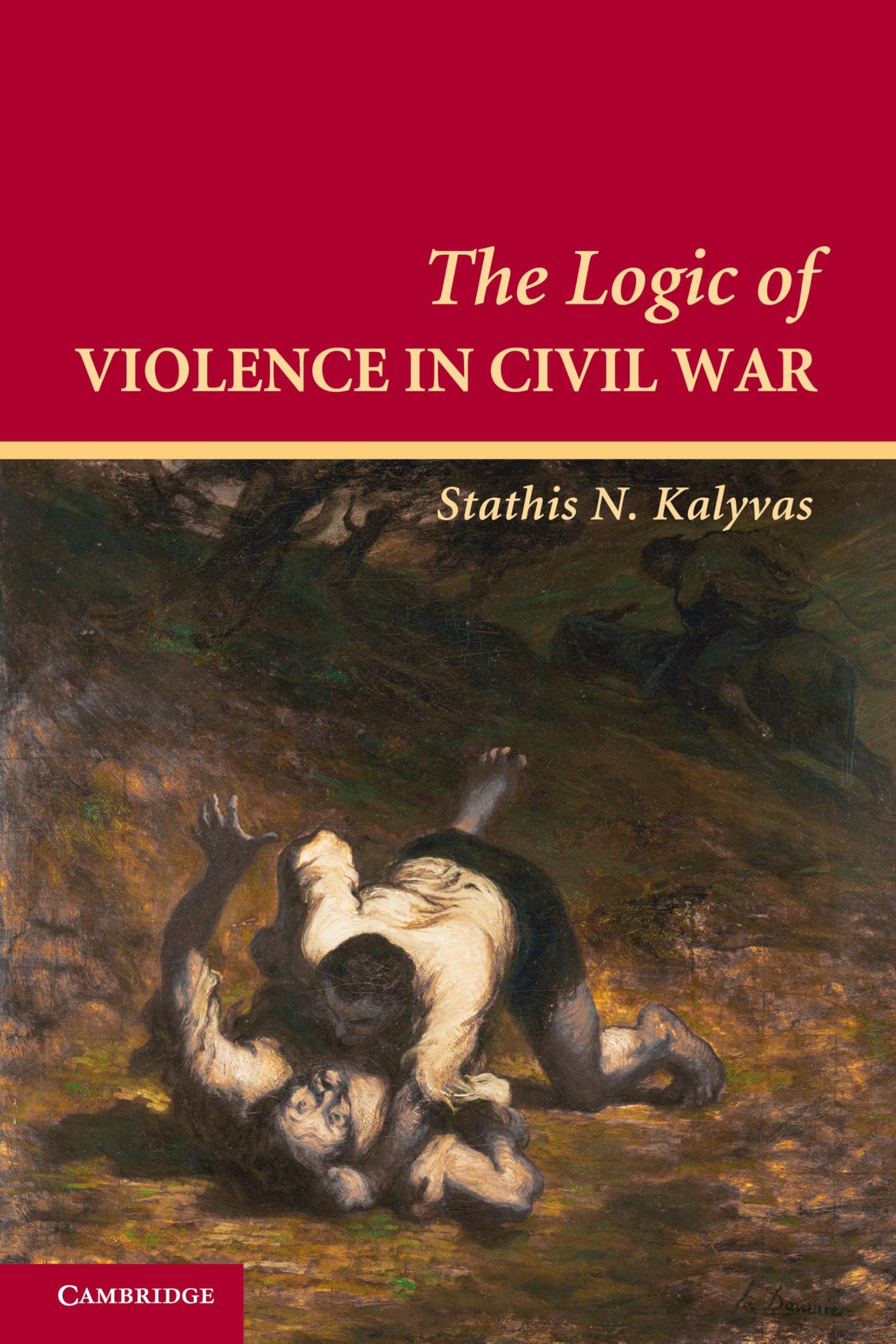
Kalyvas (2006)
Matching Estimators
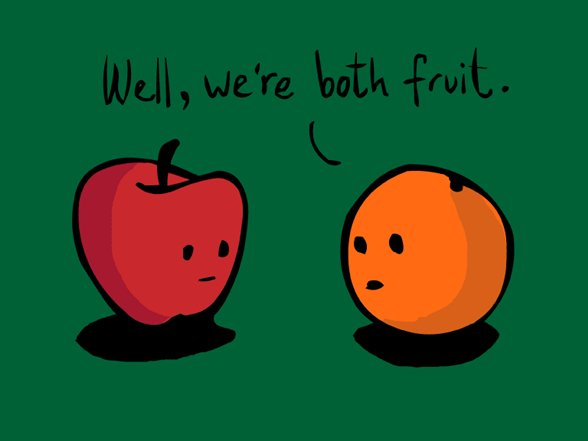
Case Study: Military Inequality \(\leadsto\) Military Success
- Lyall (2020): “Treating certain ethnic groups as second-class citizens […] leads victimized soldiers to subvert military authorities once war begins. The higher an army’s inequality, the greater its rates of desertion, side-switching, and casualties”
Matching constructs pairs of belligerents that are similar across a wide range of traits thought to dictate battlefield performance but that vary in levels of prewar inequality. The more similar the belligerents, the better our estimate of inequality’s effects, as all other traits are shared and thus cannot explain observed differences in performance, helping assess how battlefield performance would have improved (declined) if the belligerent had a lower (higher) level of prewar inequality.
Since [non-matched] cases are dropped […] selected cases are more representative of average belligerents/wars than outliers with few or no matches, [providing] surer ground for testing generalizability of the book’s claims than focusing solely on canonical but unrepresentative usual suspects (Germany, the United States, Israel)
Does Inequality Cause Poor Military Performance?
Covariates |
Sultanate of Morocco Spanish-Moroccan War, 1859-60 |
Khanate of Kokand War with Russia, 1864-65 |
|---|---|---|
| \(X\): Military Inequality | Low (0.01) | Extreme (0.70) |
| \(\mathbf{Z}\): Matched Covariates: | ||
| Initial relative power | 66% | 66% |
| Total fielded force | 55,000 | 50,000 |
| Regime type | Absolutist Monarchy (−6) | Absolute Monarchy (−7) |
| Distance from capital | 208km | 265km |
| Standing army | Yes | Yes |
| Composite military | Yes | Yes |
| Initiator | No | No |
| Joiner | No | No |
| Democratic opponent | No | No |
| Great Power | No | No |
| Civil war | No | No |
| Combined arms | Yes | Yes |
| Doctrine | Offensive | Offensive |
| Superior weapons | No | No |
| Fortifications | Yes | Yes |
| Foreign advisors | Yes | Yes |
| Terrain | Semiarid coastal plain | Semiarid grassland plain |
| Topography | Rugged | Rugged |
| War duration | 126 days | 378 days |
| Recent war history w/opp | Yes | Yes |
| Facing colonizer | Yes | Yes |
| Identity dimension | Sunni Islam/Christian | Sunni Islam/Christian |
| New leader | Yes | Yes |
| Population | 8–8.5 million | 5–6 million |
| Ethnoling fractionalization (ELF) | High | High |
| Civ-mil relations | Ruler as commander | Ruler as commander |
| \(Y\): Battlefield Performance: | ||
| Loss-exchange ratio | 0.43 | 0.02 |
| Mass desertion | No | Yes |
| Mass defection | No | No |
| Fratricidal violence | No | Yes |
Particularly Fun Non-“Standard” Examples
- DeDeo, French Revolution
- Grimmer, Mirrors for Sultans and Princes
Course Logistics
JupyterHub
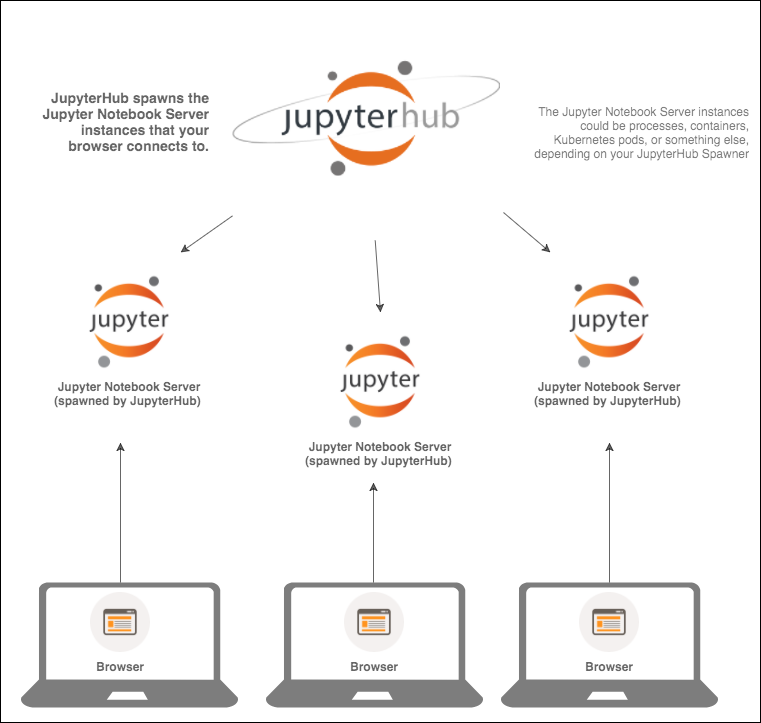
References
DSAN 5650 Week 1: From Science to Social Science